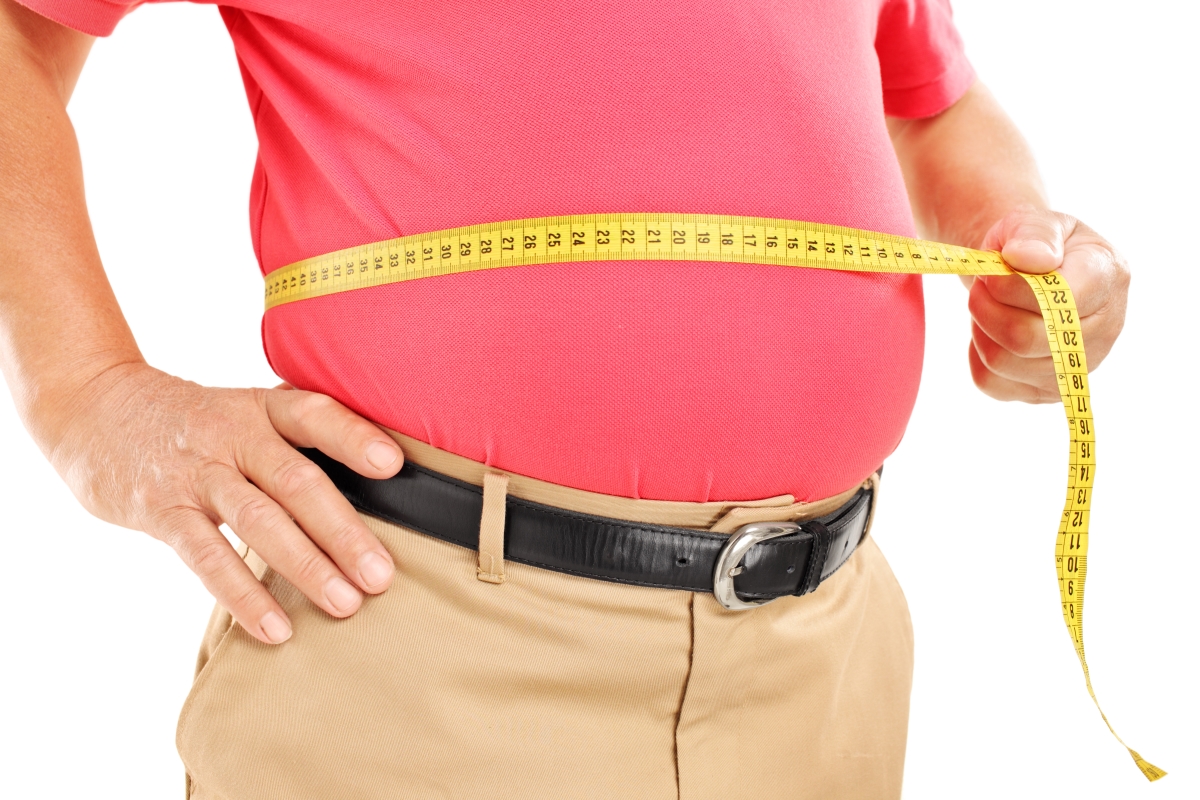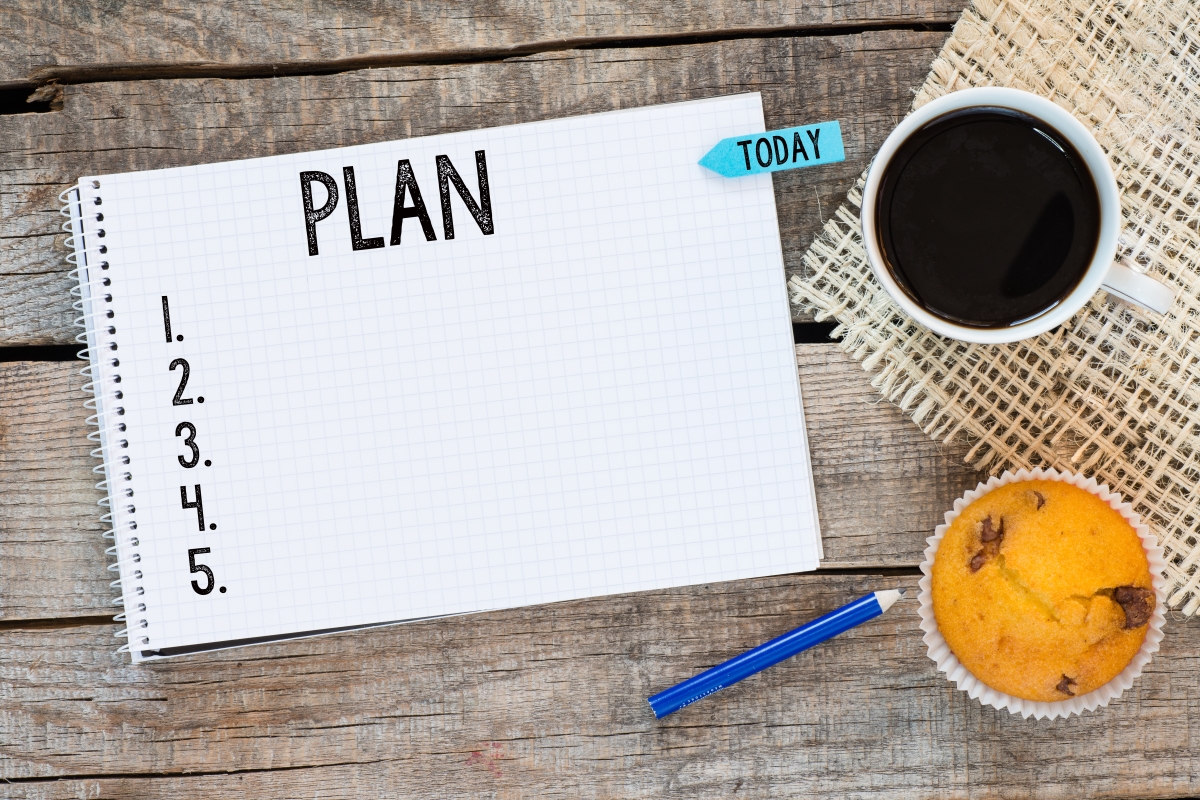
16 Oct How to Lose Weight: The Basics of Weight Loss
Note: This is required reading for all new Fit2Go weight loss clients. It is our belief that an educated client is significantly more likely to be successful, and that is one of the main reasons we started this blog. If you have any questions about this article, please feel free to post your comment below or email me directly at dsinger@fit2gopt.com. If you are a current client, you should also have my cell number handy. Enjoy!
Weight loss is simple. Yup, I said it. And I’ll say it again: weight loss is simple. Now before you have the urge to slit my throat, allow me to clarify. Weight loss may not be EASY, but the science behind it is very simple.
Change in body weight comes down to a balance of energy. We take in energy (by eating food), and we use energy (by moving and living). Take in more energy than you use and you will gain weight. Use more energy than you take in and you will lose weight. It truly is that simple.
“But it can’t be! Surely if it were that simple, everyone would be in great shape and we wouldn’t have an obesity rate of 33% in America. Right?”
Great question, statistically informed reader. In fact, according to the National Institutes of Health, not only are 1 out of 3 Americans obese, but that number is rising every year! Obesity has actually been declared an epidemic by many national and worldwide organizations (NIH,CDC, AHA, IOTF, to name a few). So why do so many people struggle with weight loss?
Key Reasons People Struggle With Weight Loss

Reason #1: Too much information!
There is such an overwhelming amount of contradictory information about health & fitness out there that people are completely lost. I’ve often had clients who were sure that something was true simply because they heard about a study that proved it. I always explain to them that a simple google search will reveal at least 10 studies “proving” the opposite.
To be clear, there are many legitimate studies out there with valuable and insightful information. Unfortunately, there are also many that draw questionable conclusions based on faulty or inconclusive data. Adding to the problem, the media is more than willing to exaggerate any study results they believe will attract a large audience, and we feed that behavior with our unquenchable thirst for breakthroughs revealing “magic pill” fixes. As a result, people often find themselves jumping from one weight loss plan to another, becoming increasingly frustrated, and either never seeing lasting results or simply giving up completely.
Reason # 2: No pain, no gain (or should I say loss?)
If it was easy, everyone would already be doing it.
Here we refer back to my first point. Weight loss is simple, but not always easy. Once you understand that there is no magic pill, you have to be willing to put in the work. If you want to achieve long term weight loss, no “diet” or “cleanse” will get you there. The only path to real and lasting success is a lifestyle change.
The Simple Truth
So, without further ado, here’s the simple — but not necessarily easy — way to lose weight:
Create a caloric deficit.
Yup, that’s it. Don’t worry about low fat, low carb, ketosis, glycemic index, or any other fad diet / sophisticated physiological phenomena. If you’re trying to build/maintain large amounts of muscle, then your diet may have to be more complicated. However, if all you want to do is lose weight, then you simply need to burn more than you consume. Nothing else is necessary for weight loss. Nothing.
The general equation we use is that a caloric deficit of 3500 kcal = 1 lb of weight loss. This will vary somewhat from person to person, but this is the generally accepted rule. And it works. So, if you create a caloric deficit of 500 calories per day, you will lose 1 lb per week. I repeat, you will lose 1 lb.
Yeah, but how?
The question then of course is: How do I create such a deficit and how do I even measure how much I am burning?
This part gets slightly more complicated. A trained health & fitness professional will start by using factors such as your age, gender, weight, height, body fat %, and activity level/intensity to estimate how many calories you are burning on a daily or weekly basis. Then, all we need to do is modify that equation so that you are burning more, consuming less, and voila! Weight loss occurs.
Now, I say “weight loss is not always easy” because our clients often come to us after trying tons of different intense workout programs and restrictive diets. Once they understand that for a program to work it simply needs to create a caloric deficit, they often find it easy in comparison to everything they’ve already tried. Furthermore, when they can rely on a professional to make all the necessary calculations to create their caloric deficit, they are able to relax a bit and follow a simpler set of guidelines.
The Weight Loss Guidelines

Here are some of the guidelines you can use right now to help modify your personal weight loss equation:
(Note: You don’t necessarily need to follow every single one of these tips. However, the more you follow, the easier it will be to create a healthy caloric deficit.)
- Understand that nutrition is the battle. Please don’t waste your time trying to out-exercise a bad diet. Even if you are eating healthy foods, an increase in activity may initially make you hungrier as your body fights the change. If you don’t measure your portion sizes, your evil body will win and your weight will stay the same.
- Understand that there are no foods that help you lose weight. A “good food for weight loss” is a food that gives your body what it needs, without the baggage of extra calories that it doesn’t. Thinking “I ate such a healthy meal, so it’s ok to eat a little junk” makes zero sense. From a weight loss standpoint, it would actually be better to eat only the junk food and never have the healthy meal in the first place than to eat both (but please don’t do that and then blame it on me!). In other words, if you’re going to eat the junk food either way, adding healthy food doesn’t help anything from a weight loss perspective.
- Try to start viewing food as fuel. This is not to say that you shouldn’t enjoy your meals; you absolutely should. However, if you start thinking about food in terms of what benefits it offers you and your body (in addition to taste!), you may find it easier to cut down on emotional eating/snacking. Identify which situations cause you to eat when you aren’t hungry, and then work on avoiding/changing those situations, or simply go into them more prepared.
- Don’t skip meals. There is a diet fad called “intermittent fasting” which says that if you eat only one or two meals per day you’ll lose more weight. This is nonsense. Participants often end up being so hungry that they overeat and binge when it’s finally meal time. Eat at least 3 balanced meals per day. Don’t starve yourself.
- Note: Intermittent fasting can and does work for some people — but only if they’re in a caloric deficit. The important point is that there’s nothing magical about meal timing. Total calories for the day will determine your weight.
- Drink LOTS of water. Even if you don’t feel thirsty, drink. Water is not only the most important nutrient for your body, but it will also help you feel full. Drink a full cup of water before each meal to avoid overeating. Try starting with the Institute of Medicine‘s recommendation of about 13 cups per day for men and 11 cups per day for women.
- Tip: Put 4 rubber bands around a 20 oz water bottle and bring it to work. Every time you finish it, take 1 rubber band off and put it around your wrist. Goal is to get all 4 rubber bands around the wrist by end of day. Simple way to get 80 oz of water in every day.
- Reduce or eliminate high calorie beverages. This includes juices. Sugar is so detrimental to weight loss because it packs in calories without providing any satiety. Diet sodas and other zero calorie beverages will not directly affect weight loss, but you may want to avoid them for other reasons such as chemical content and the possibility of causing more sugar cravings.
- Chill with the oil. I don’t care if it’s all natural. Adding oil/butter/margarine to your lean meal turns it into a fatty meal. 1 tbsp of oil has 100 calories in it. ONE HUNDRED CALORIES. This is similar to sugar in the sense that it packs in calories without providing any satiety. Switch to a spray when cooking to dramatically decrease your caloric intake.
- Limit alcohol. Limit is the key word. Alcohol is very calorically dense (7 kcal / gram), second only to fat (9 kcal / gram). Keep track of how many drinks you have per week. If you are able to cut out alcohol completely, that’s great. If alcohol is currently a huge part of your personal and social life, then simply be aware of how many calories it contains and try to limit your consumption.
- Switch to whole grains. They usually have about the same caloric content as white/enriched grain products, but they are much more filling. They are also packed with many essential nutrients that aren’t in the white/enriched versions. [Bonus tip: Check the ingredient list on your “whole wheat” bread. If the first ingredient is anything other than whole wheat (e.g. “enriched wheat flour” they’re trying to trick you! Don’t let them!]
- Green vegetables are your best friend. They are loaded with fiber which provides a feeling of fullness with much fewer calories. Fiber isn’t fully digested by the human body, which makes it important to provide bulk for digestion and means it provides less energy (meaning fewer calories). Try replacing a side of grains with a side of green veggies.
- Eat lots of protein. All of the 3 macronutrients (protein, fat, & carbs) are essential, but protein in particular is responsible for many physiological processes that go on in your body every second. Often times people eat too much fat & carbs without enough protein. Make sure to get a quality source of protein with every meal (eggs, fish, lean meat, poultry, reduced fat dairy). Eating healthy, lean protein sources will fill you up and help you avoid making other bad food choices.
- Protein and green. Just ‘cause it rhymes. Combining the last two tips, make sure each meal has a quality protein source, green vegetables, and a small carb source. Many of us already eat huge amounts of grains and other foods rich in carbs. If that applies to you, reduce your amount of carbs and add protein & green to every meal to make it more balanced and less calorically dense.
- Eat until you’re satiated, not until you’re full. No explanation needed here, really. Just thought this bullet would look awkward without any elaboration.
- Get at least 30 minutes of physical activity every day. The more you move, the more you burn, and the better your personal weight loss equation looks. Exercise is exercise, so try to have fun with it. This can be anything — walking, running, swimming, dancing, basketball, hoola hooping, pogo sticking, digging holes in your neighbor’s yard. Anything that gets your blood pumping. If you want to take it a step further and maximize your workout’s calorie burn, read What should your cardio workout look like?
- Strength train 3 times (ideally) per week. Strength training is very important for your health & fitness transformation. First of all, unlike fat, muscle is alive. This means that your body has to burn more calories to feed it. Adding a few lbs of lean muscle can cause your body to burn an extra 100 calories every day, or roughly 10 lbs per year, all while at rest! (The exact amount is somewhat debated among fitness professionals; this number comes from the National Academy of Sports Medicine.) Second, a caloric deficit without strength training will result in a loss of healthy muscle/strength. If you don’t use it, your body will deem it unnecessary and break it down for energy. Third, your transformation should not solely consist of getting smaller. You will want to strength train to tone and shape up your new physique.
Closing Remarks
If you don’t follow any of the above tips, but you do create a caloric deficit, you will still lose weight. These tips should simply help you do so in an easier and healthier manner. Similarly, low fat, low carb, and other popular diets can and often do work, but if and only if they create a caloric deficit. It’s not that popular and fad diets don’t work, it’s that they are not necessary for weight loss and they are often incredibly difficult to maintain long term. Even worse, some are downright unhealthy or even dangerous. What good is a diet if you feel awful while on it and gain all the weight back when you finish it? Understanding that the only way to lose weight is to create a caloric deficit, and maintain it, should help you choose a sensible nutrition plan that works for you.
When making a lifestyle change, it is also imperative to be realistic and honest. If you are currently drinking 3 cans of soda per day, don’t try cutting out soda completely tomorrow, as this will set you up for failure. Gradual, but consistent, changes are the best path to long term success.
One of the things we are very big on at Fit2Go is creating a fitness program that enhances your life. Fitness should not make your life more stressful or less enjoyable. We have no interest in helping someone achieve six pack abs if their workout and diet program makes them miserable. Your fitness program should provide you with more energy, more confidence, better mood, and better quality of life. So, with that in mind, please use the above tips as a guide rather than a manual. If drinking soda truly gives you that much pleasure, then factor in the calorie content and plan your diet accordingly.
Sign up for your free consultation with a nationally certified Fit2Go personal trainer at www.fit2gopt.com/get-started.
We’re not a gym. We do one thing, and one thing only:
We help busy Baltimore professionals get fit and healthy — and stay that way — via in-home personal training and nutrition coaching.
It’s your job to figure out how healthy & fit you want to be. It’s our job to take that information and create a personalized program to get you there. Not everyone needs to be a fitness model or a marathon runner. Some people just want to get a little healthier and gain a little confidence — and that’s great. You decide where you want to go. We’ll help you get there — in a healthy and sensible way. Like most things in life, it’s all about balance. Balance, balance, balance.


